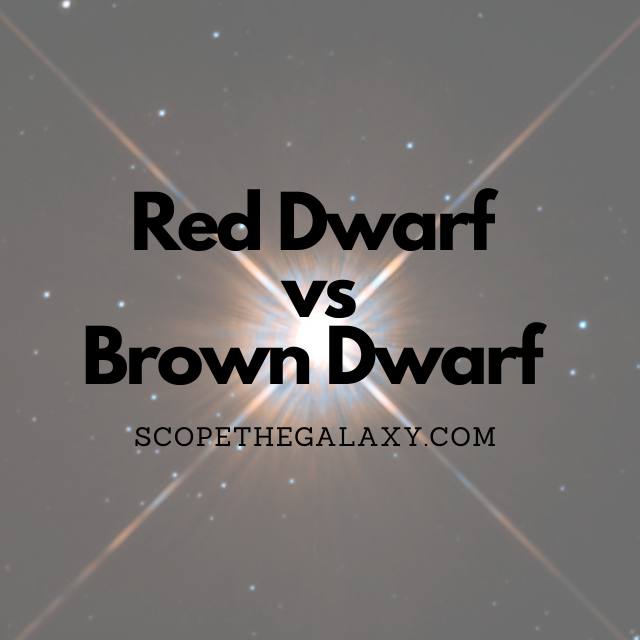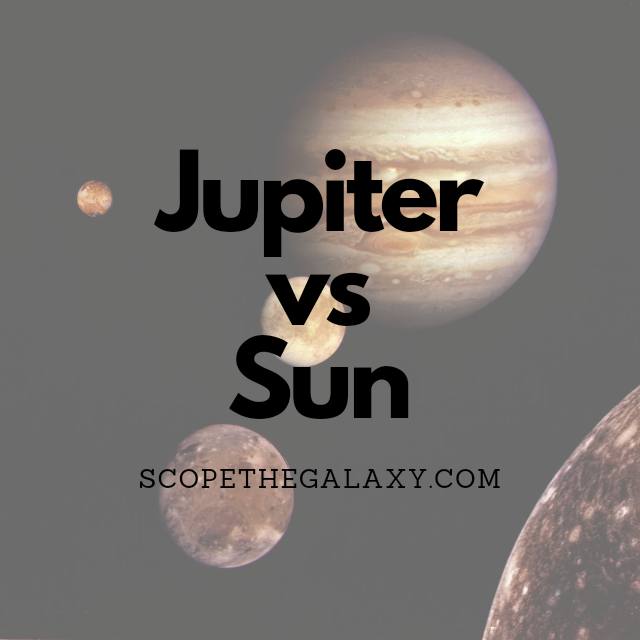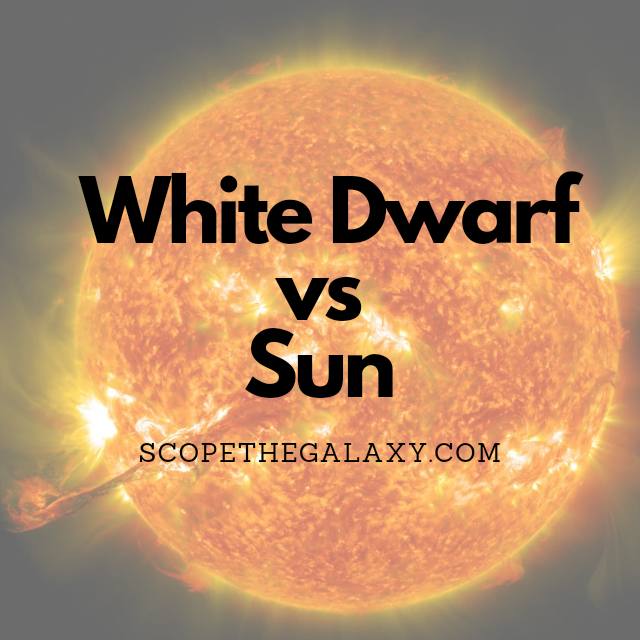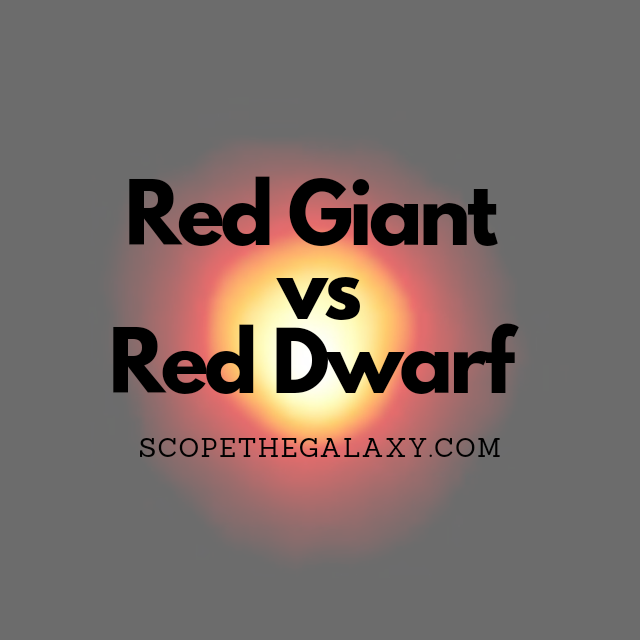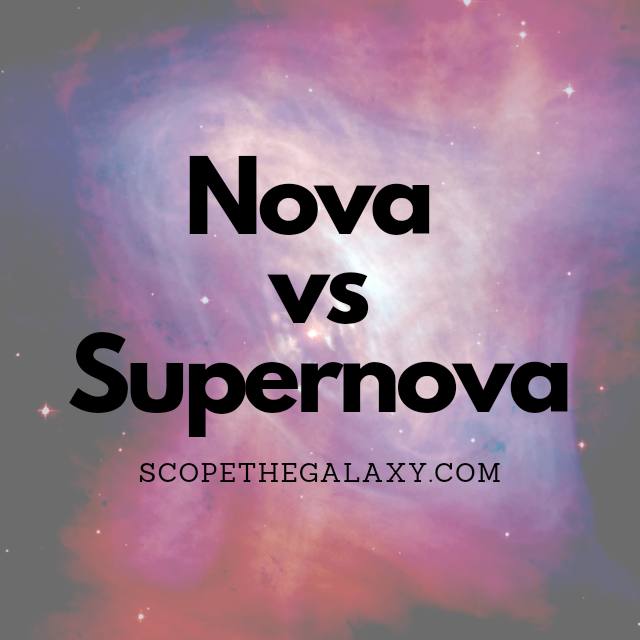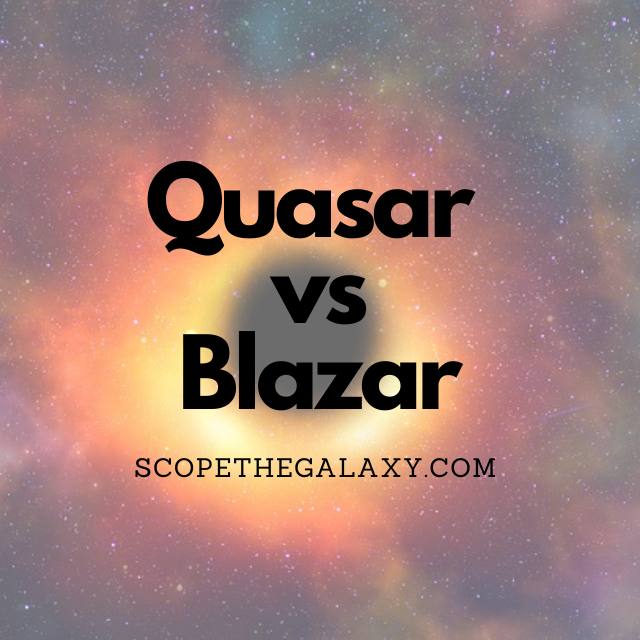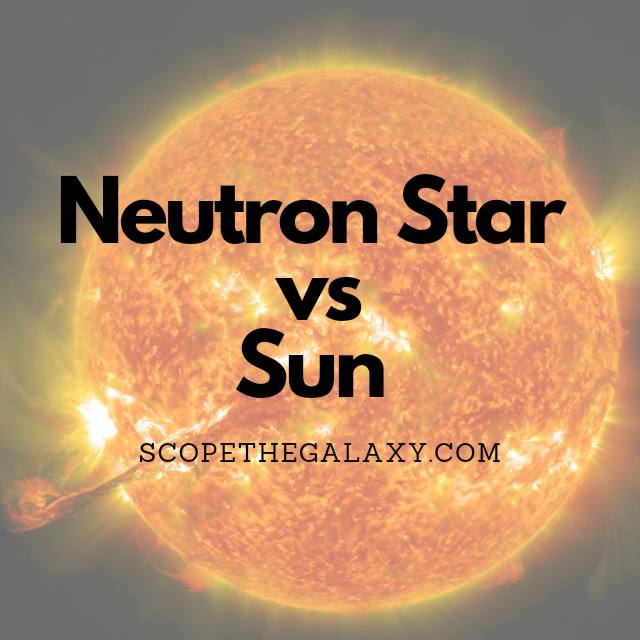Red Dwarf vs Brown Dwarf (How Are They Different?)
Red dwarfs are the smallest main sequence stars in our universe that are able to convert normal hydrogen to helium whereas brown dwarfs are stars that are too low in mass to convert normal hydrogen, instead converting deuterium (heavy hydrogen). Due to this fact brown dwarfs are often referred to as failed stars. For a … Read more

